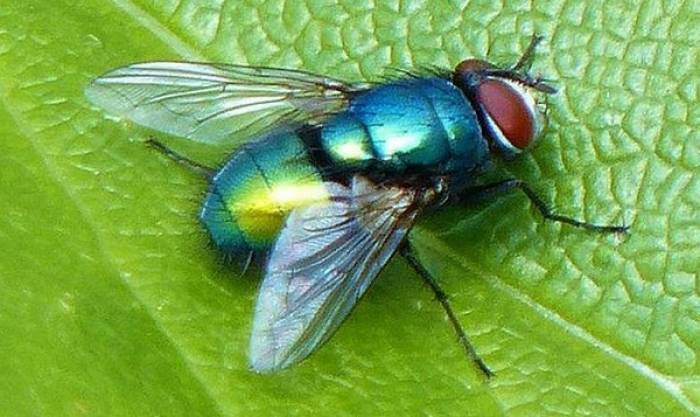Blowfly Control In Sheep
14 June 2018The recent warm weather with occasional rain has provided the ideal conditions for blowfly strike to occur. Maggot infestation is an important welfare and economic issue.
Effective blowfly control relies on good management practices as well as the use of preventative products. Measures can be taken to avoid flies being attracted to your farm and availability of breeding sites. Dead animals, footrot, dirty wool due to scour or urine soaking, skin disease and wounds will all attract flies. Grazing on damp, well-sheltered pasture provides ideal conditions for flies and should be avoided during the risk period if possible. Good worm control is essential to prevent scour which attracts the blowfly. Faecal egg counts should be carried out to monitor worm burdens. Dirty wool should be removed by crutching as required to reduce the incidence of flystrike. Studies have shown that lambs with scour are 8.5 times more likely to be affected by maggot infestation. Open wounds can be reduced by avoiding ear tagging lambs during high risk periods.
All at risk sheep need to be inspected daily and the timing of the chemical application is crucial to prevent losses. Baited fly traps can be used to monitor the activity of blowflies so chemicals can be applied before problems occur and prevent population growth.
Pour-ons
Pour-on products now dominate the blowfly prevention market due to their ease of use, long period of protection and some have short meat withdrawal periods.
When applied correctly to commonly-struck areas such as the back and breech pyrethroid or insect growth regulator pour-ons can provide effective control of fly strike. Pyrethroids will require reapplication during most fly seasons, while insect growth regulator pour-ons can be applied early for almost whole season protection. Pour-on chemicals dissolve in the wool grease and will be removed when animals are shorn including crutching to remove dirty wool so re-application may be required.
Dipping
Plunge dipping in organophosphate dip (diazinon) can provide protection from blowfly for up to 60 days. However poor dipping practice can lead to a failure to control blowfly strike. Sheep need at least 3 weeks fleece growth for the insecticide to bind. The sheep should be clean and dry before dipping to avoid excessive contamination of the dip which reduces the effectiveness if the dip. The long meat withdrawal time relative to effective period against flystrike make dipping an unattractive option on many farms.
Treatment of flystrike
Flystruck sheep need to be treated immediately. The smell produced by established flystrike is highly attractive to other female looking for a place to lay eggs, resulting in a rapid increase in the number of maggots. Application of correctly diluted dip solution or pyrethroid pour-ons will kill the maggots and protect the surrounding skin from secondary strike. Insect growth regulator pour-ons are NOT effective for the treatment of maggot infestation. The instructions for pour-on application should be followed carefully as over enthusiastic treatment of these affected animals is likely to result in toxicity. Antibiotic treatment is indicated where there are open wounds, severely affected, debilitated animals should be euthanased.
Written for FAS by Marion McMillan
Sign up to the FAS newsletter
Receive updates on news, events and publications from Scotland’s Farm Advisory Service

